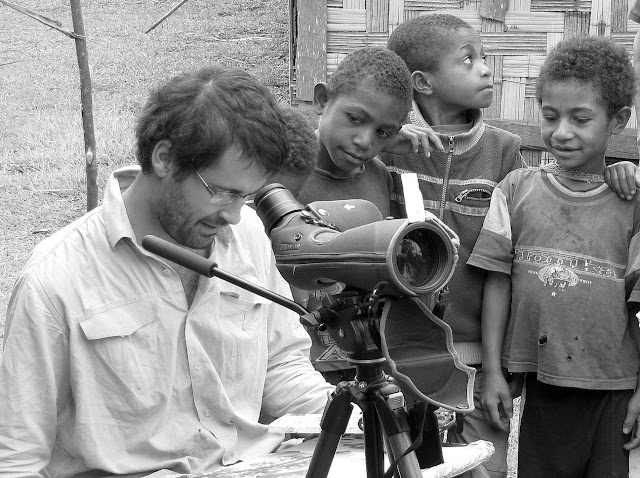Quarterly Wildlife Artist Feature-Jan Martin Mcguire
We are back with yet another exciting Wildlife Artist feature this quarter, we are over joyed that Jan Martin Mcguire agreed to take our questions and share her thoughts on wildlife art!
Name of the Artist: Jan Martin Mcguire
Location: USA
Date: 1/8/2018
Form of Art: Painting
Contact details: mcguireandhines@gmail.com
Location: USA
Date: 1/8/2018
Form of Art: Painting
Contact details: mcguireandhines@gmail.com
Jan Martin McGuire is one of world's leading American born wildlife artist who is a naturalist and conservationist as well as a great painter. Her breathtaking Acrylic paintings make you feel as if you are actually there viewing the animal outside your tent or from the window of your Land Rover instead of looking at a painting. She takes pride in being scientifically accurate in her portrayals of the world's wildlife, making sure the anatomy and behavior is correct - but - they are not mere illustrations but rather fine art.
Her work is in major private and corporate collections around the world and has hung in many prestigious venues including London Museum of Natural History; Smithsonian; National Geographic Headquarters; FORBES galleries; World Center for Birds of Prey and many others.
Her work has also been featured on Television and in many major magazines including AFRICA GEOGRAPHIC; AFRICA BIRDS AND BIRDING, NATIONAL WILDLIFE FEDERATION MAGAZINE to name a few.
May i know when and how your journey toward art started ? What inspired to take up art Jan?
I have always been an artist and a naturalist. I grew up in Colorado where be inspired by nature was easy with the beautiful Rocky Mountains. I have drawings of animals I did when I was about 7 or 8 years of age. I’ve always loved nature, thus that is what I have depicted in my art work.
What kind of medium do you like to work with the most and why?
I started my professional career doing pencil, pen and ink and etchings. But decided I needed to work in color so I did some research and now work in Acrylic (actually Chromacolour from the U.K. which is suspended in resin rather than polymer which gives a softer finish than most acrylic). I do plan out my paintings, but I change my mind a lot during the painting so watercolor does not fit me. I do not like the long drawing time nor the smell of oils. Acrylic works perfectly for me and my style of realism and thus have used it for 35 years exclusively.
How did you learn this artform? Do you have a Mentor?
I approached someone who worked in Acrylic and asked if he could teach me. He said he wasn’t a teacher but I could come paint in his studio with me - which I did. But most of my style was learned by taking workshops from other professional wildlife artists - particularly Robert Bateman. I took so many workshops he use to call me his favorite stalker - now he calls me his best success story.
Who is/are your favorite artist/artists?
Well, obviously from the last question it is Robert Bateman. I also like the work of Andrew Wyeth, Simon Combes and Alan Hunt as well as John Singer Sargent.
Could you please tell us more about your conservation work through art?
Conservation is my passion.I use my art to raise funds and awareness. My husband and I also work boots on the ground in North America and Africa on projects. I will be leading a group of artists (7 from the U.S. 1 from Canada and 1 from Switzerland) to Kenya to Ol Pejeta Conservancy. After our trip there we will do art which will we auction from Facebook as well as put on Ol Pejeta’s website for sale (all 100% donations by the artists).
Your views on need for a society for nature artists and what can be achieved through such community for artists ?
Being on the board of the Society of Animal Artists has shown me the importance of a community of like minded artists. Sharing everything from where to go to get the best reference photos to where a good place to get frames from. But also sharing our communal desire to save wildlife and wild places and what we can do to achieve this.
Your top five tips to becoming a good wildlife artist?
1. Study Nature. Love Nature. Read, watch documentaries, constantly keep learning.
2. EXPERIENCE. Experience in the field is everything.Feeling, smelling, hearing - engage all your senses. It will get into your artistic psyche and come out at the end of your brush making your work have verisimilitude - the “ring of truth”.
3. Be as interested in the habitat of the animal as the animal itself. It is important to set an accurate yet artistic “stage” for your “main actor”.
4. Put in the “brush time”. Draw, paint continually. Each painting you do you learn something new that will help in the next painting.
5. Be open to constructive criticism. It’s easy to be defensive about your work, you put so much into your heart and soul into it. But it’s also easy to get blinders on and a second set of eyes can help tremendously.
We would like to kindly thank Dear Jan Martin Mcguire for taking time out from her busy schedule to patiently answer to all our queries. Wishing her a healthy and successful year ahead!
We'll be back again with another interview next quarter! Until then, watchout for artworks and discussions on our Facebook group! Artists for Wildlife and Nature .








Comments
Post a Comment